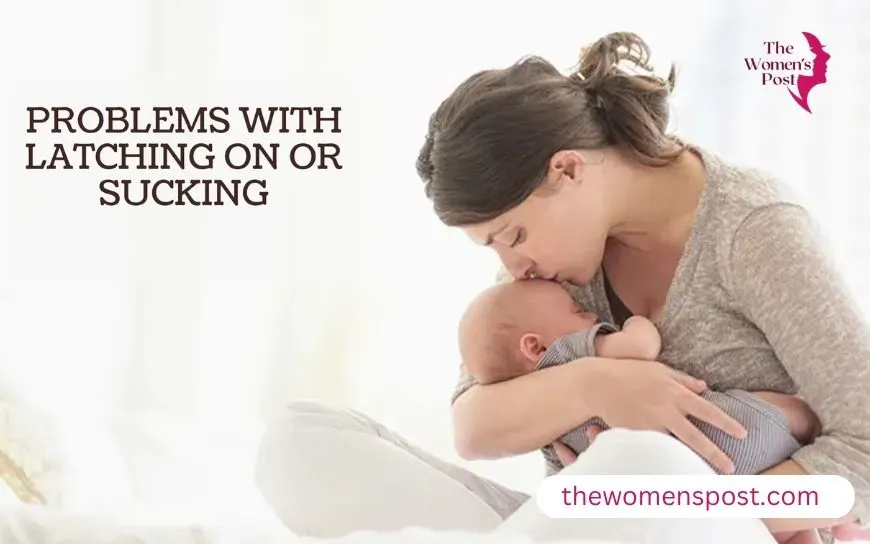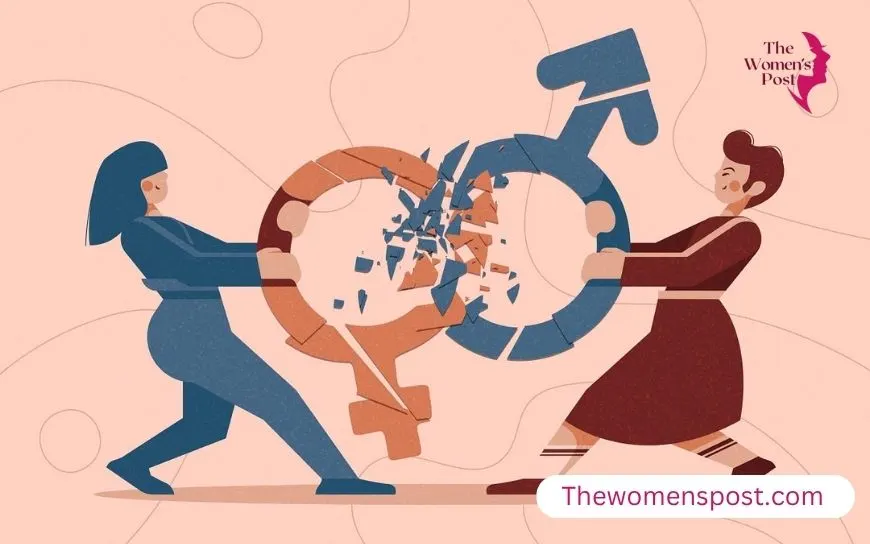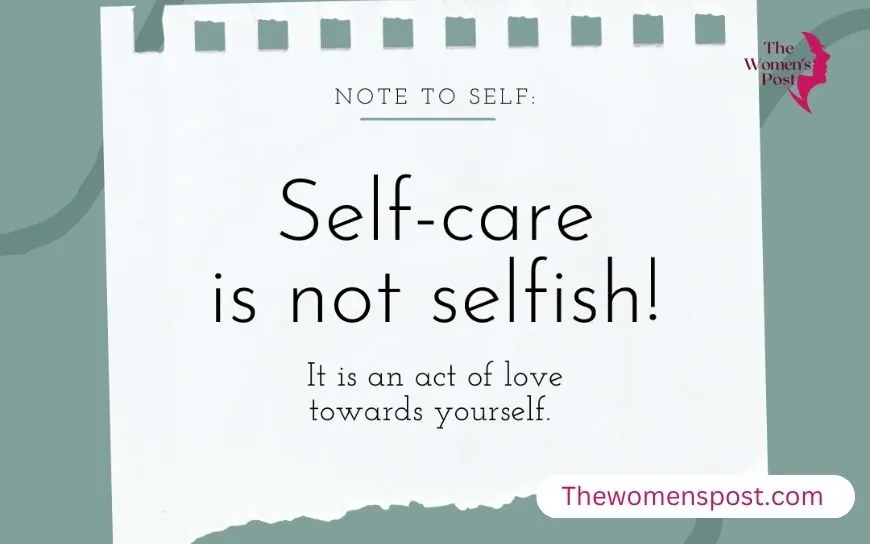Sexism, Harassment, And Violence Against Women In Sports Globally
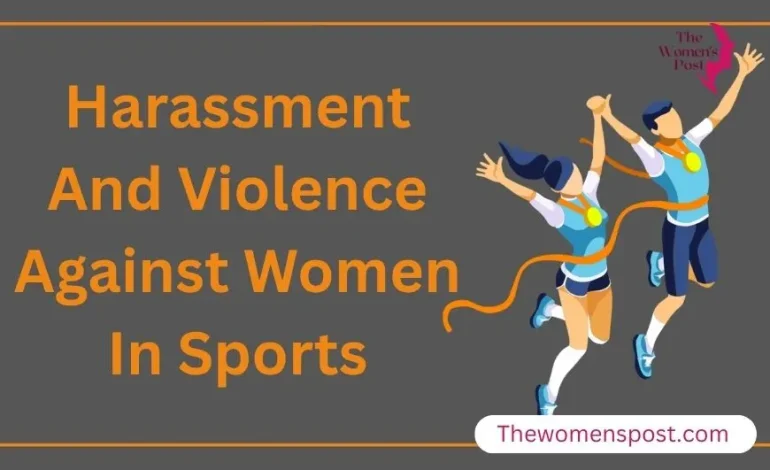
Women and girls in sports face a persistent and widespread problem of sexism, harassment, and violence that cuts across all levels of athletic competition. This issue affects athletes not just during their training and competitions, but also in their personal lives and through online platforms. The problem extends globally, affecting countries at all stages of development and impacting countless women who pursue athletic careers. Sexual harassment and violence against female athletes globally remain a critical concern that highlights the pervasive nature of these abuses in the sports world.
The Scale of the Problem
The statistics show the severity of this problem. Studies have documented that almost 21 percent of female professional athletes report sexual abuse as children in sport, which is nearly double the 11 percent reported by male athletes. Those studies that consider the larger context report prevalence estimates of interpersonal violence against women in sport as ranging between 26 percent and 74 percent depending on the context. Also, 40 to 50 percent of athletes have encountered anything from mild harassment in sport to severe abuse, which provides evidence that this is a pervasive issue that cannot be overlooked. Harassment in sport can take many forms and often appears to be part of a hostile environment for female athletes.
Backlash Against Female Athletes
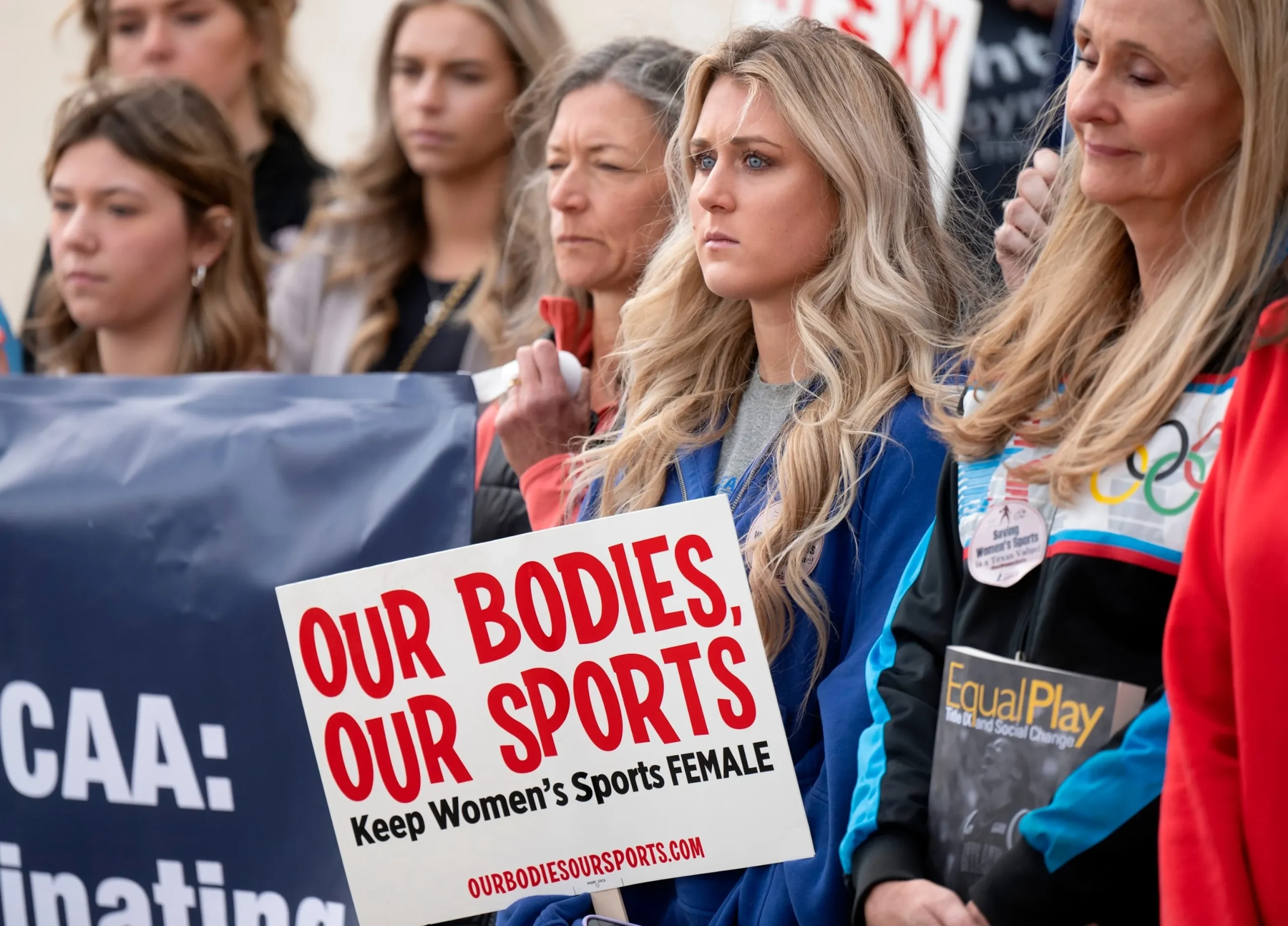
Also Read: The Future Of Women’s Sports: Trends And Innovations
When female athletes finally do break through and attain prominence, they are met with damaging blowback. A World Athletics study revealed that 85 percent of the online abuse about the Tokyo Olympics targeted women, with a staggering 63 percent of all identified abuse aimed at just two female athletes, who happened to be Black. In another major sporting event, the World Athletics Championships in Oregon, 40 percent of the abusive posts on social media were sexualized or involved sexual abuse, again overwhelmingly targeting women. These examples represent not only harassment within sport itself but also male dominance and an abuse of power within sports organizations, as certain individuals use influential positions to engage in such behavior.
Forms of Harassment and Violence
The sports harassment and violence that women have to face come in many forms. Sexual abuse and harassment keep turning up as the most common types of violence: rape, non-consensual touching, inappropriate comments, and unwanted sexual advances. Other severe concerns include physical assault, which encompasses bodily harm, slapping, punching, and even body shaming with cruel comments on the outlook of the athletes. Most female athletes also experience various kinds of psychological abuse: stalking, threats, gaslighting, manipulation, and intimidation. Psychological effects of harassment on women athletes include anxiety and depression, diminished self-esteem, and impaired athletic performance. In some instances, coaches have used financial control as a way to leverage abuse against the athletes, restricting their access to opportunities and forcing them to ask for money.
Many perpetrators are indeed people in positions of authority. The bulk of abusive incidents in sport are committed by coaches, with the remainder by other individuals in authority, such as doctors, physiotherapists, and team managers. The male domination of sports organizations and abuse of power inherent in such relationships make it exceptionally difficult for victims to speak out or seek help.
Real-World Examples
Specific cases from around the world illustrate just how grave a problem this is. When Spain’s national women’s football team won the 2023 FIFA World Cup, one player had to suffer the ignominy of an unsolicited kiss from the President of the national football federation. The incident, captured on the cameras of the world, sparked a global movement and focused attention on the abuse of athletes in women’s sports. In India, a 19-year-old national-level runner complained against a renowned athletics coach who would touch female athletes with the excuse of giving physiotherapy.
Seven more female athletes then came forward with similar complaints, which revealed decades of abuse. In another Indian case, a gymnast complained that her coach had videotaped her without permission, and though she complained, the Gymnastics Federation did not take action. These cases reflect how the abuse spans across countries and sports and often involves many victims of the same perpetrator. This persistence of harassment in sports worldwide indicates a dire need for systemic change and firm measures toward preventing sexism and violence against women in sports.
The Role of Sexism and Gender Inequality
Sexism in sports is deeply rooted and systematic. Women athletes are often judged based on their appearance rather than their athletic abilities, and their commitment to sports is frequently questioned in relation to family responsibilities. The gender pay gap in professional sports is stark, with the prize pool for the 2023 FIFA Women’s World Cup being $110 million, compared to $440 million for the men’s World Cup in 2022—a fourfold difference. Women’s sports receive only about 4 percent of global sports media coverage, which limits their visibility, sponsorship opportunities, and ability to become role models. These inequalities create an environment where women are viewed as less important and less deserving of respect. Addressing sexism and harassment in sports requires targeted and sustained measures to prevent sexism and violence against women in sports.
Barriers to Reporting and Justice
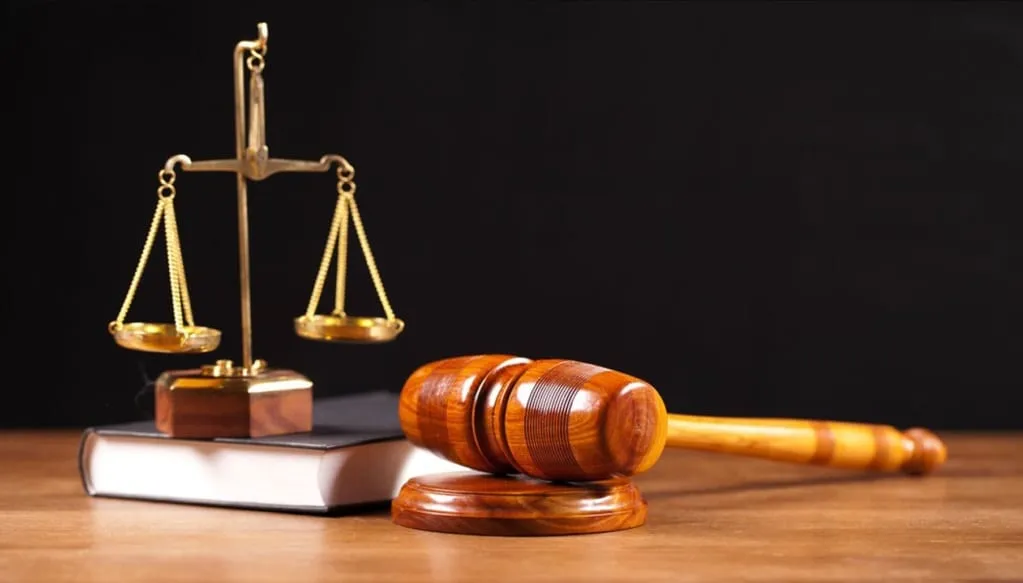
Also Read: The Usha Effect: How One Woman Inspired 100+ Indian Female Sprinters
Even with these issues being quite prevalent, most of the victims keep quiet. Only 7 percent of women report the violence they suffer, due to fear of stigmatization, exclusion, and revenge. When women come forward, they often pay a heavy price. Victims described being dropped to lower team levels, being separated from their friends during practice, or suffering from psychological pressure from colleagues and other persons in authority. In some instances, formal accusations had been dropped, clearing the harassers, while the victims still suffered without justice. The dynamics all point to the issues of harassment in sports, which have daunting, psychological impacts on harassed women athletes.
Inadequate Protection Measures
While efforts to address these issues are mounting globally, significant gaps still remain. Safeguards to protect women athletes against sexual and psychological abuse are often underfunded and ineffectively implemented, or simply never acted upon. Historically, sports organizations have prioritized other integrity measures that safeguard against doping and match-fixing, among others, over protecting athletes against violence. The emphasis on other issues has allowed abuse to go unchecked in many sports organizations. It is important that measures to prevent sexism and violence against women in sports be created and put into place to protect athletes.
A Global Problem Demanding Global Solutions
It is an international problem that does not affect just one country or one sport. Women and girls of different cultures and backgrounds experience violence in sports settings. They are present both as athletes and spectators, coaches and reporters, therapists and referees. The issue needs a comprehensive response by governments, sports organizations, the media, and society at large. To counter sexism, harassment, and violence against women in sport, better funding for protective measures is needed, along with the reinforcement of existing policies, cultural change within sports organizations, and a commitment to holding perpetrators accountable. Only through these combined efforts can women and girls around the world be guaranteed safe, respectful, and equitable participation in sports.




